A California man who lost $100,000 in a 2021 SIM-swapping attack is suing the unknown holder of a cryptocurrency wallet that harbors his stolen funds. The case is thought to be the first in which a federal court has recognized the use of information included in a bitcoin transaction — such as a link to a civil claim filed in federal court — as reasonably likely to provide notice of the lawsuit to the defendant. Experts say the development could make it easier for victims of crypto heists to recover stolen funds through the courts without having to wait years for law enforcement to take notice or help.

Ryan Dellone, a healthcare worker in Fresno, Calif., asserts that thieves stole his bitcoin on Dec. 14, 2021, by executing an unauthorized SIM-swap that involved an employee at his mobile phone provider who switched Dellone’s phone number over to a new device the attackers controlled.
Dellone says the crooks then used his phone number to break into his account at Coinbase and siphon roughly $100,000 worth of cryptocurrencies. Coinbase is also named as a defendant in the lawsuit, which alleges the company ignored multiple red flags, and that it should have detected and stopped the theft. Coinbase did not respond to requests for comment.
Working with experts who track the flow of funds stolen in cryptocurrency heists, Dellone’s lawyer Ethan Mora identified a bitcoin wallet that was the ultimate destination of his client’s stolen crypto. Mora says his client has since been made aware that the bitcoin address in question is embroiled in an ongoing federal investigation into a cryptocurrency theft ring.
Mora said it’s unclear if the bitcoin address that holds his client’s stolen money is being held by the government or by the anonymous hackers. Nevertheless, he is pursuing a novel legal strategy that allows his client to serve notice of the civil suit to that bitcoin address — and potentially win a default judgment to seize his client’s funds within — without knowing the identity of his attackers or anything about the account holder.
In a civil lawsuit seeking monetary damages, a default judgment is usually entered on behalf of the plaintiff if the defendant fails to respond to the complaint within a specified time. Assuming that the cybercriminals who stole the money don’t dispute Dellone’s claim, experts say the money could be seized by cryptocurrency exchanges if the thieves ever tried to move it or spend it.
The U.S. courts have generally held that if you’re going to sue someone, you have to provide some kind of meaningful and timely communication about that lawsuit to the defendant in a way that is reasonably likely to provide them notice.
Not so long ago, you had track down your defendant and hire someone to physically serve them with a copy of the court papers. But legal experts say the courts have evolved their thinking in recent years about what constitutes meaningful service, and now allow notification via email.
On Dec. 14, 2023, a federal judge in the Eastern District of California granted Dellone permission to serve notice of his lawsuit directly to the suspected hackers’ bitcoin address — using a short message that was attached to roughly $100 worth of bitcoin Mora sent to the address.
Bitcoin transactions are public record, and each transaction can be sent along with an optional short message. The message uses what’s known as an “OP RETURN,” or an instruction of the Bitcoin scripting language that allows users to attach metadata to a transaction — and thus save it on the blockchain.
In the $100 bitcoin transaction Mora sent to the disputed bitcoin address, the OP RETURN message read: “OSERVICE – SUMMONS, COMPLAINT U.S. Dist. E.D. Cal. LINK: t.ly/123cv01408_service,” which is a short link to a copy of the lawsuit hosted on Google Drive.
“The courts are adapting to the new style of service of process,” said Mark Rasch, a former federal prosecutor at the U.S. Department of Justice. “And that’s helpful and useful and necessary.” Continue reading




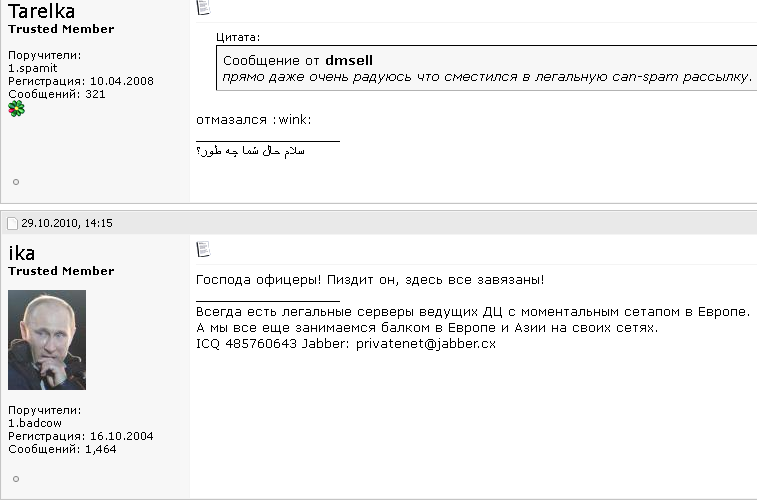

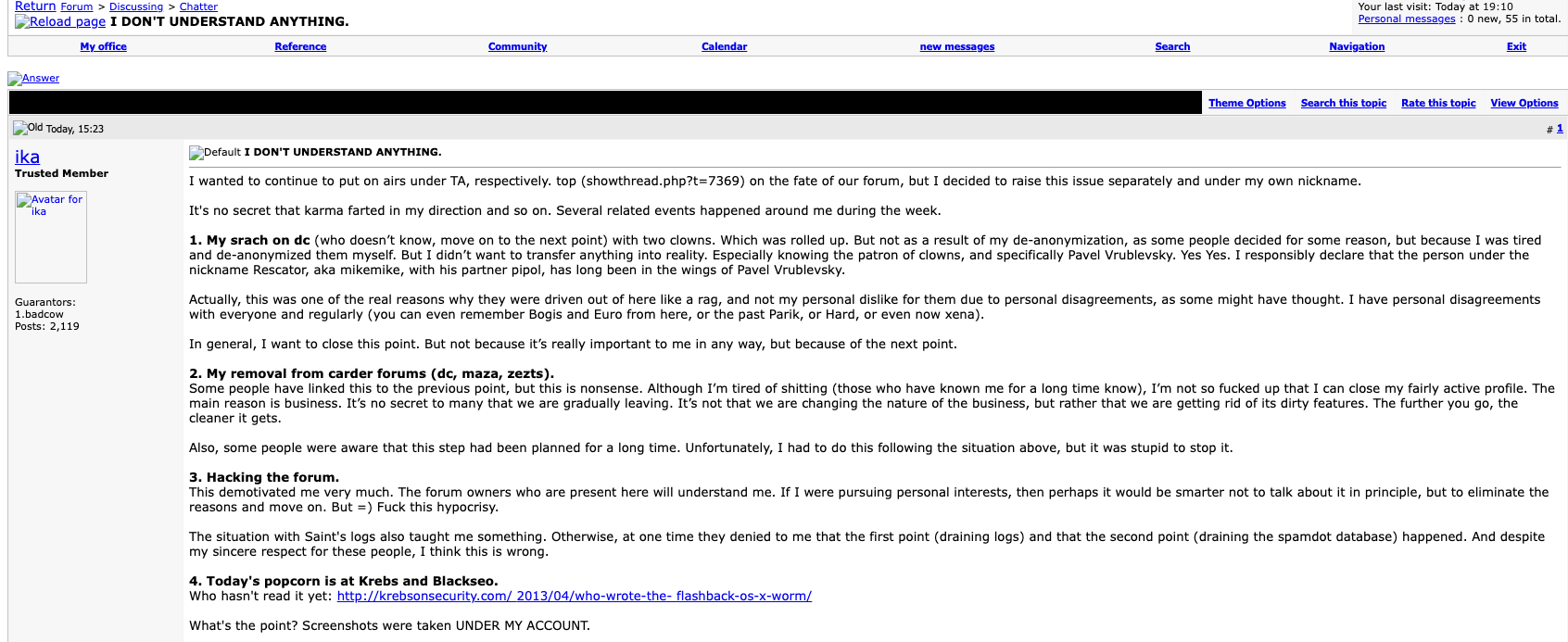

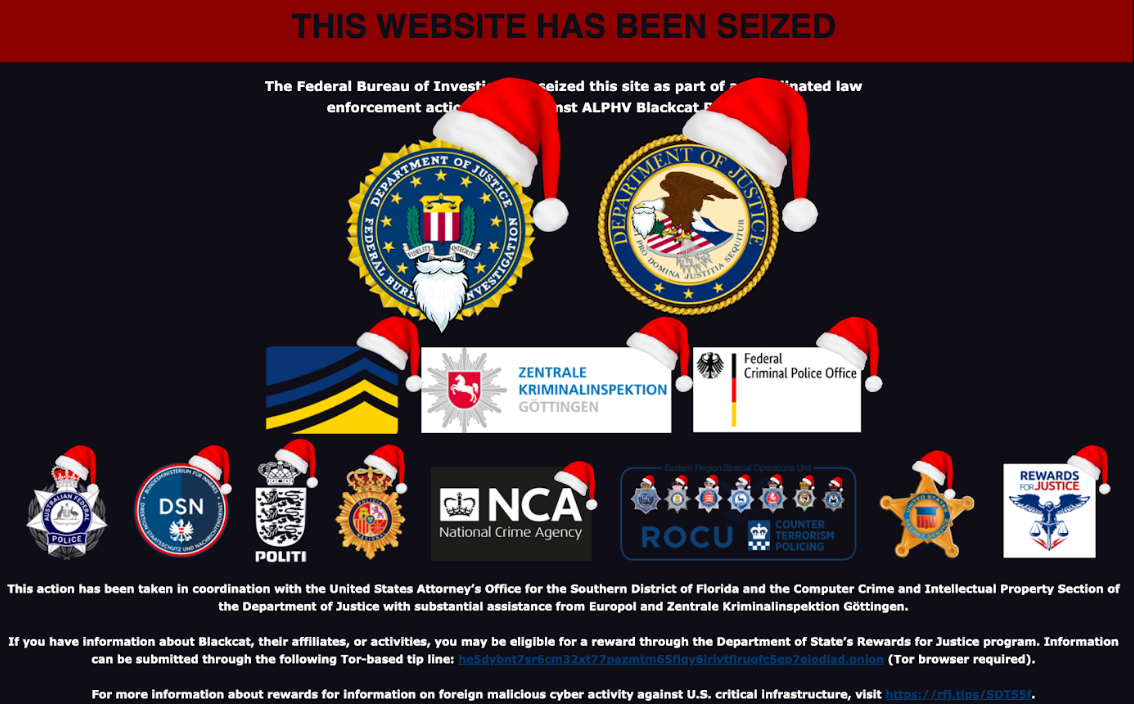

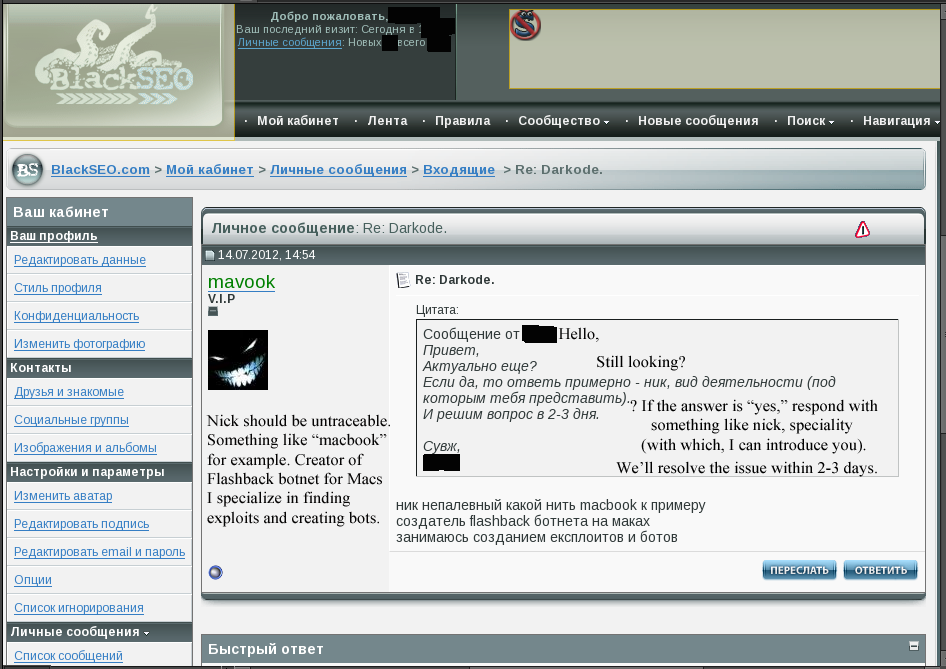

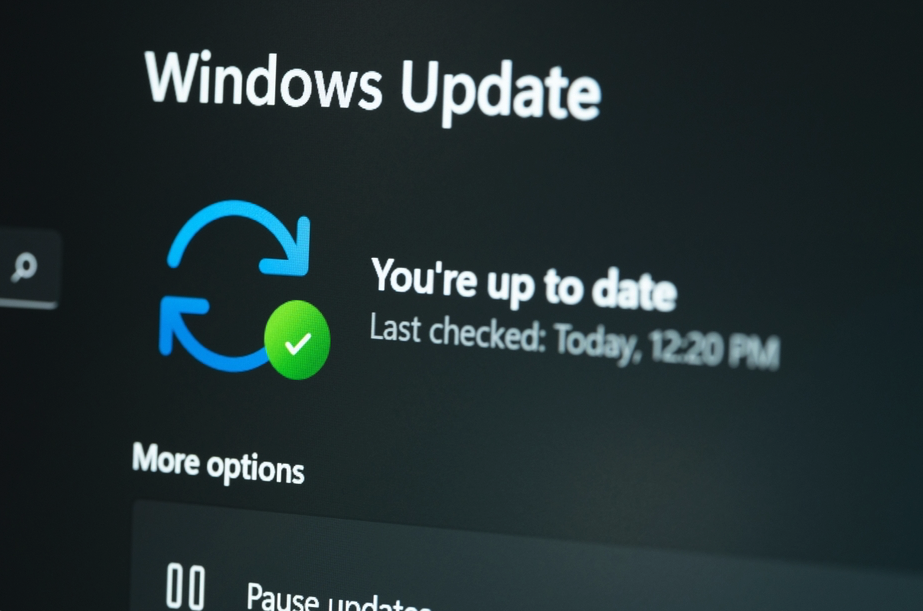

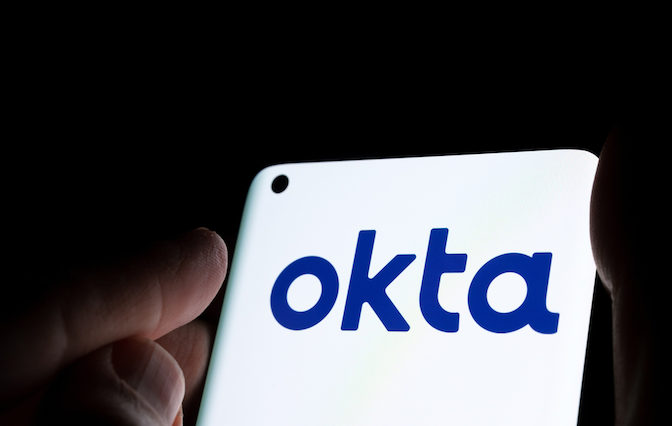
 Since at least February 2023, a service advertised on Telegram called USiSLookups has operated an automated bot that allows anyone to look up the SSN or background report on virtually any American. For prices ranging from $8 to $40 and payable via virtual currency, the bot will return detailed consumer background reports automatically in just a few moments.
Since at least February 2023, a service advertised on Telegram called USiSLookups has operated an automated bot that allows anyone to look up the SSN or background report on virtually any American. For prices ranging from $8 to $40 and payable via virtual currency, the bot will return detailed consumer background reports automatically in just a few moments.

